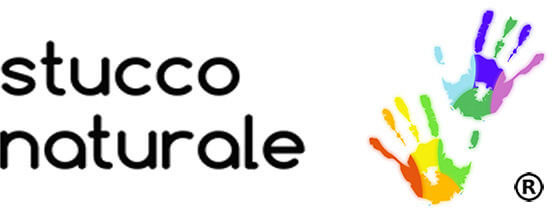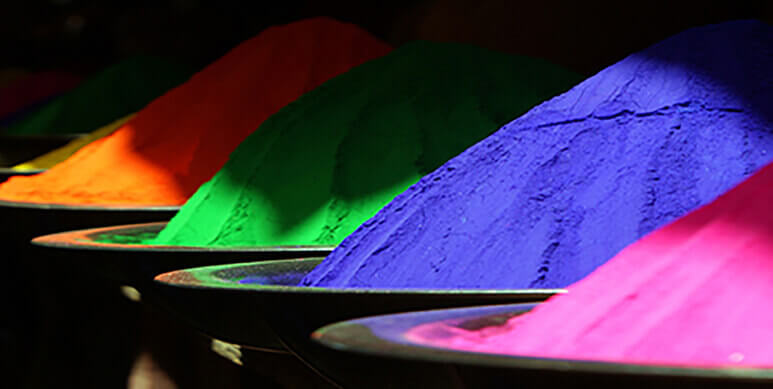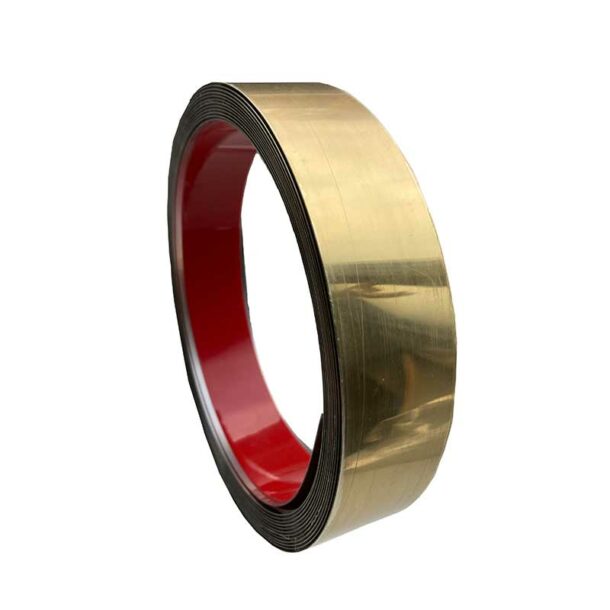Inorganic pigments – natural dry colors have a very high color brilliance and highest light fastness. This means that they are resistant to the effects of light. We mix the colour pigments in Stucco Veneziano, Marmorino, mica plaster, Stucco Extra and creative plaster. I have listed the binders in which our pigments can still be used.
The suitability of the offered pigments
- French ochre orange-red: oil, acrylic, tempera, watercolours / gouache, lime / fresco, cement / tadelakt, ceramics, water glass
- Chrome oxide green: oil, acrylic, tempera, watercolour / gouache, lime / fresco, cement / tadelakt, ceramic, water glass
- Iron oxide brown medium: oil, acrylic, tempera, watercolours / gouache, lime / fresco, cement / tadelakt, ceramic, water glass
- Light iron oxide red: oil, acrylic, tempera, watercolours / gouache, lime / fresco, cement / tadelakt, ceramics, water glass
- Gold ochre: oil, acrylic, tempera, watercolours / gouache, lime / fresco, cement / tadelakt, ceramics
- Umbra natural: oil, acrylic, tempera, watercolours / gouache, lime / fresco, cement / tadelakt, ceramics, water glass
- Ultramarine blue: oil, acrylic, tempera, watercolor / gouache, lime / fresco
- Terra di Siena brownish, burnt: oil, acrylic, tempera, watercolours / gouache, lime / fresco, cement / tadelakt, ceramics
- Iron mica: oil, acrylic, tempera, watercolours / gouache, lime / fresco, cement / tadelakt
- Umbra fired, black-brown: oil, acrylic, tempera, watercolours / gouache, lime / fresco, cement / tadelakt, ceramics, water glass
- French ochre, havane orange: oil, acrylic, tempera, watercolours / gouache, lime / fresco, cement / tadelakt, ceramics, water glass
- Iron oxide yellow: oil, acrylic, tempera, watercolours / gouache, lime / fresco, cement / tadelakt, ceramics, water glass
- Iron oxide black: oil, acrylic, tempera, watercolor / gouache, lime / fresco, cement / tadelakt, water glass, ceramic
- Rosso Sartorius: oil, acrylic, tempera, watercolors / gouache, lime / fresco, cement / tadelakt, ceramics, water glass
- Graphite Silver Powder: Oil, Acrylic, Tempera, Watercolours / Gouache, Lime / Fresco
- Terra di Siena, nature, Italian: oil, acrylic, tempera, watercolours / gouache, lime / fresco, cement / tadelakt, ceramics
- Green earth from Verona: oil, tempera, watercolours / gouache, lime / fresco, cement / tadelakt, ceramics
- French ochre, light yellow: oil, acrylic, tempera, watercolours / gouache, lime / fresco, cement / tadelakt, ceramics, water glass
- Turquoise aquamarine: oil, acrylic, tempera, watercolours / gouache, lime / fresco, cement / tadelakt, ceramics
- May green: oil, acrylic, tempera, watercolor / gouache, lime, water glass / fresco, cement / tadelakt, ceramics
- English red: oil, acrylic, tempera, watercolor / gouache, lime, water glass / fresco, cement / tadelakt, ceramics
- Titanium white: Oil, Acrylic, Tempera, Watercolor / Gouache, Lime / Fresco, Cement / Tadelakt, Ceramic, Water Glass
- Atlantic blue: Oil, acrylic, tempera, watercolours / gouache, lime / fresco, water glass, cement / Tadelakt, ceramics
- Ultramarine violet: Oil, acrylic, tempera, watercolours / gouache, lime / fresco
- Fuchsia: Oil, acrylic, tempera, watercolour / gouache, lime / fresco, cement / tadelakt, ceramic
A wetting agent is used to mix the pigments. You can buy the wetting agent for pigments here. Textiles cannot be dyed with these pigments. The pigments do not dissolve and cannot be fixed.
The classification of inorganic pigments
We distinguish between natural and synthetically produced pigments.Natural pigments include earths and minerals. Earth colours are the ochres, green earth, terra di siena and the umbers. The iron oxide colours, ultramarine blue and chromium oxide green are synthetically produced by different methods.
Hue of pigments
The colour tone of the photos visible on your screen may differ from the real colour tone. However, if required, we can produce an original colour sample for you. Please contact me by telephone for this purpose. The colour tone of a pigment is also influenced by the lighting. The effect that a pigment looks different in every light is called metamerism. Colour systems according to RAL or NCS offer an orientation, but do not give any information about which pigments or pigment mixtures are present. Our pigments can therefore only be assigned to RAL colour tones to a limited extent.
Storage of pigments
Pigments do not have an expiry date, but must be stored in a closed container and in a dry place. Glass jars, PVC, PE and tin cans are used for storage. Colour doughs cannot be stored for long, as they dry out over time.
Mixing of colour pigments and mixing of colour paste
All pigments offered can be mixed together. To read how to mix colour doughs click here.







 My name is Stefan Fischer and I am an executive board member of stucco naturale. In this blog you will find useful information and tips on Stucco Veneziano and decorative spatula techniques.
My name is Stefan Fischer and I am an executive board member of stucco naturale. In this blog you will find useful information and tips on Stucco Veneziano and decorative spatula techniques. 